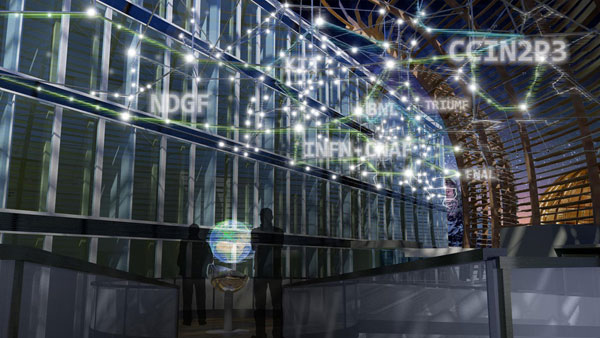STUDENTS PROJECTS
PROJECTS2013
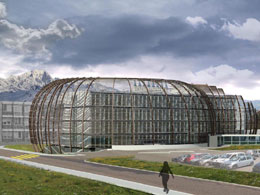
15 June, 2014
Energy-efficient, architectural renovation of an office building at CERN
In the diploma thesis, titled "Energy-efficient, architectural renovation of an office building at CERN", a typical office building of the European Organization for Nuclear Research (CERN) was studied.
Student: Charalampidis Ioannis
Supervising professor: Tzekakis Emmanouil
Arisotle University of Thessaloniki, School of Architecture Engineering
Presentation date: 13/02/2013
In the diploma thesis, titled "Energy-efficient, architectural renovation of an office building at CERN", a typical office building of the European Organization for Nuclear Research (CERN) was studied. Various functional and energy-related problems were identified and solutions were proposed that can fix the issues with minimal interventions to the existing house skeleton.
The building was studied closely, during the stay of the author at CERN, having the opportunity to contact both the users of the building and the technical services at CERN. From this communication, a lot of useful material was extracted for the history and in-depth problems of the building.


The building 31
The study took place on the building 31 that belongs on the typology of the buildings mostly seen at CERN. This is characterized by purely functional design and prefabricated components for reducing the construction costs. It also hosts one of the most crucial activities of the organization (the heart of the IT group), without however reflecting this on its image. Finally, it's next to the Computer Center (one of the biggest data centers in Europe), which is known to produce a lot of excess heat, which can be easily reclaimed for the building in study.
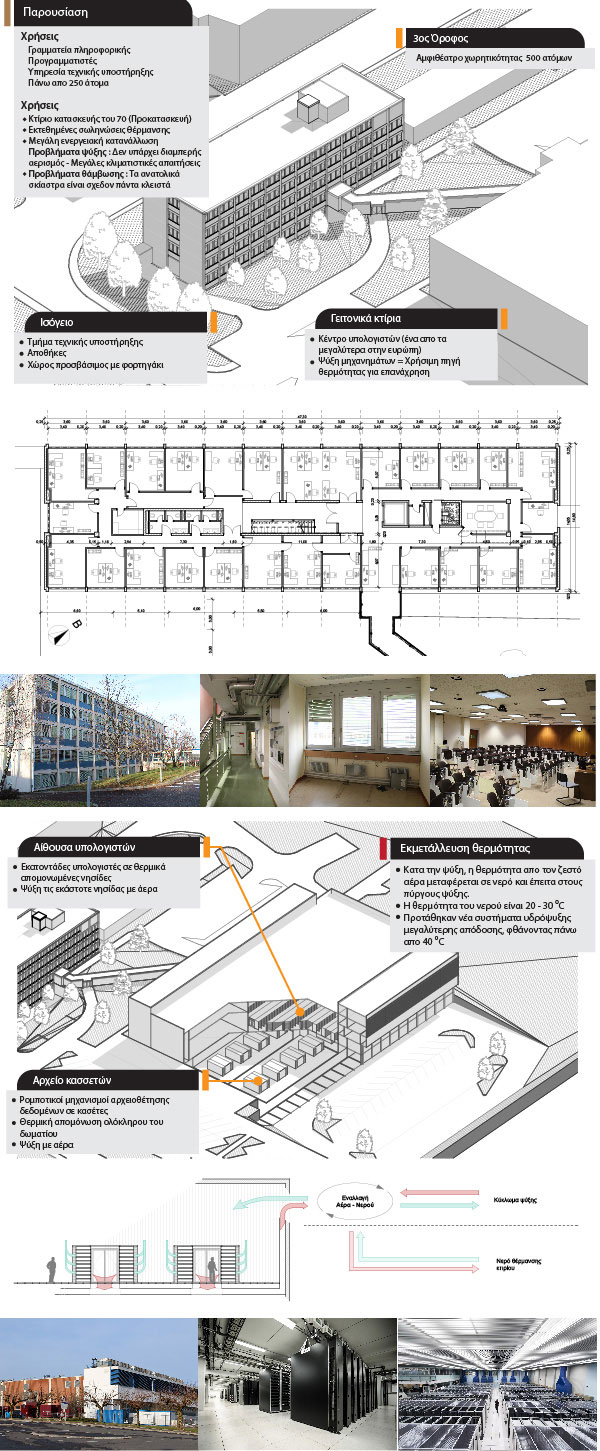
In building 31, a lot of problems were found. To start with, there is a serious glaring problem on the Northeast side of the building, because of direct sunlight that hits the computer monitors. In because of the constant pressure for extra space, the technical service had to shut the two edge skylights and convert them to office space, reducing the lighting and the cross-ventilation capabilities in the building. This increases the heat index inside the building, causing discomfort during the summer, even if the outside temperature is not very high.
It's useful to mention here that CERN uses centralized, very high-temperature water heating system (80-90°C) and very small radiators, while having most of the internal pipelines fully exposed. If combined with the fact that most of these buildings were built before 1970 have only a minimal heating insulation, it's easy to realize that the heat losses are excessive.
Finally, it's important to know that building 31 is right on the passage of the hundreds of outside visitors that come every day to CERN, following the Computer Center - Antiproton Decelerator (AD) itinerary. The AD building is located only a few hundred meters away from the building.

For the methodical solution of these problems, they were grouped into three categories:
1. Heating and ventilation problems
2. Cooling and insulation problems
3. Glaring problems due to direct sunlight
4. Decreased importance of the building
Each one was targeted with an individual solution.
Energy Wall - Ventilation & Cooling
While investigating possible solutions for cooling, it was realized that just external air ventilation would be sufficient, since the air temperature under shadow is no more than 25°C in shade. Therefore, it's suggested to create an "energy wall" in the central staircase that will cause a forced vertical air flow, carrying with it the hot air from the core of the building.
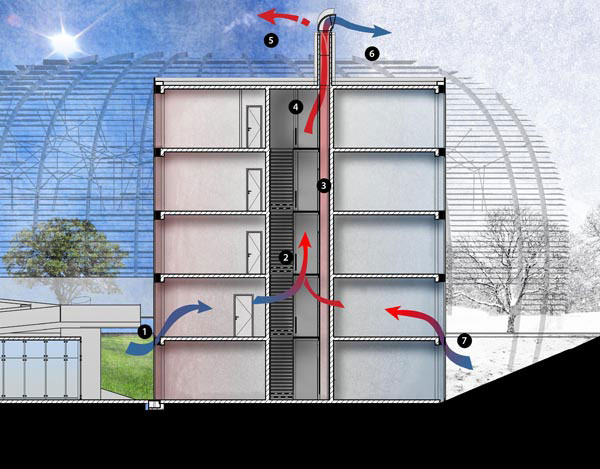
The energy wall has the same principles with the solar chimney: The wall is contiguous along the stories and is constantly heated. Hot water reclaimed from the Computer Center flows into a pipe system placed on the back of the wall, heating its surface. The air inside the 0.4x11m wall is then heated, forcing it to move upwards. By also replacing the concrete floor of the staircase with a metal mesh, free vertical airflow is enabled. Therefore, the hot air creates a suction force in the bottom of the staircase, forcing fresh air to enter from the façade of the building. It's calculated that this setup is capable of pumping the volume of the building approximately 2 times per hour.
Replacing the shell - Insulation & Smart Heating
For optimizing the heating and the insulation of the building, it's suggested to remove the external lightweight shell (the glazing and the insulated parapet below it) and to replace it with a uniform structure that encapsulates the entire building. This new shell will be composed of glazing, insulating panels, air vents and air conditioning units for the incoming air.

With this approach, the thermal insulation of the building is increased, the natural ventilation is encouraged, and more free space is allocated to the offices. In addition, the new heating elements can operate in much lower temperatures, making it possible to operate with the heat from the computer center.
This intervention does not affect the shape of the building, letting it be equally dull, using this as a contrast feature to the external shading shell that will be explained after.
Shading external shell - Solving the glaring problem
In order to solve the glaring problem that appears on the computer users of the Northeast side of the building, it's required to place vertical shading. However we avoid placing them directly on the building, effectively reducing the visual contact with the environment, but in a distance. This new shell has also a different design, increasing the visual importance of the building.
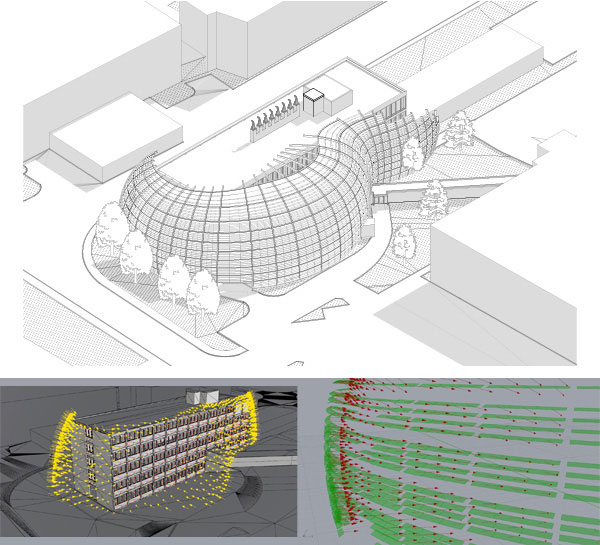
The external shell is composed of horizontal shades, tilted in a pre-calculated angle in order to constantly provide lighting via diffusion throughout the year, without greatly reducing the visual contact of the residents with the environment. For it's calculation, a specialized algorithm was developed. It get feedback from Ecotect and designs through Grasshopper each one of the 5,000 shades individually.
Exposition area - Building connections
In the space between the shading shell and the actual shell of the building, a new exposition space is created. This space also acts as a transitional passage for the visitors from the Computer Center to the Antiproton Decelerator (AD).

This space is crowned with a mesh of steel threads. On each one of them, there are LED lights, abstractly representing the Worldwide LHC Computing Grid (WLCG) activity, one of the most important computing network developed at CERN. Therefore, in addition to the free space allocated to the building, it now acquires the importance that it deserves, making it a new landmark.
